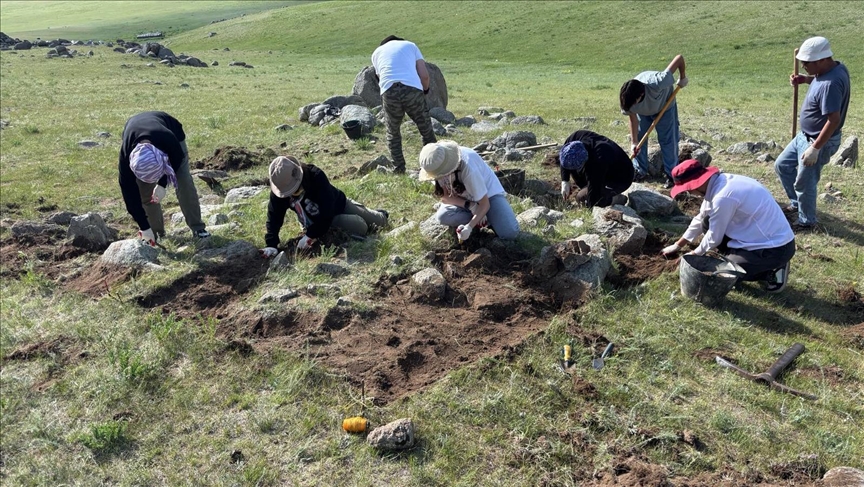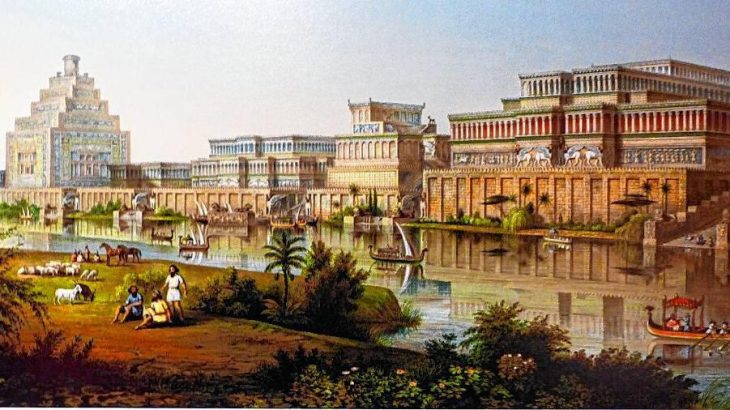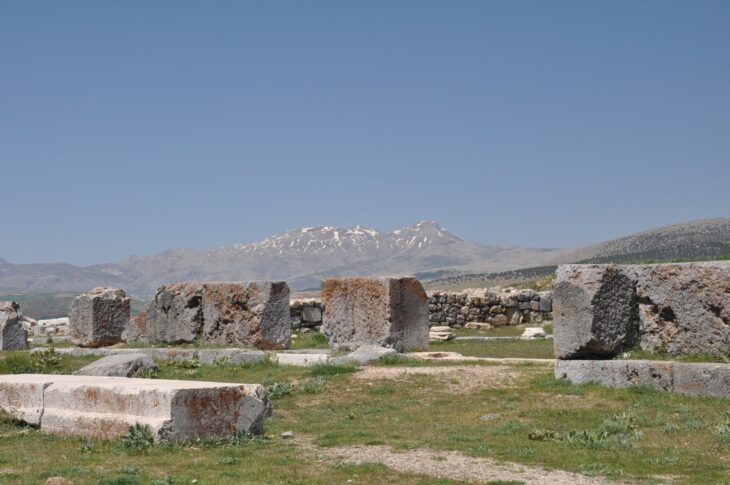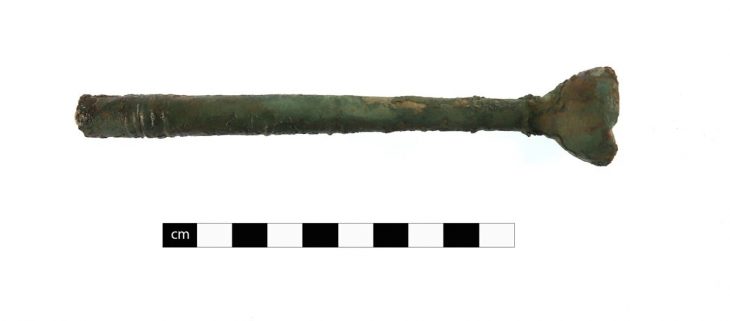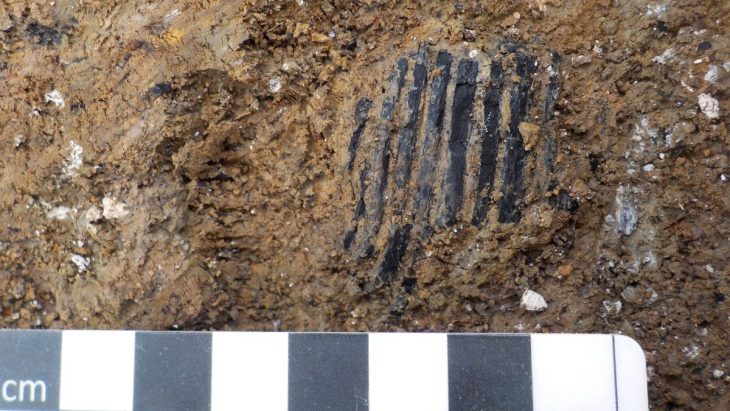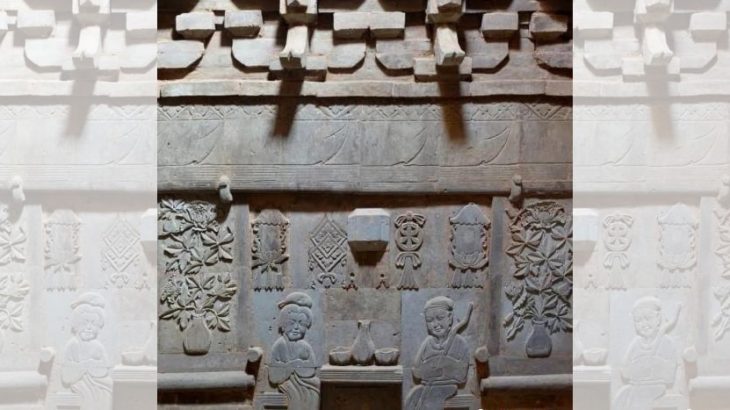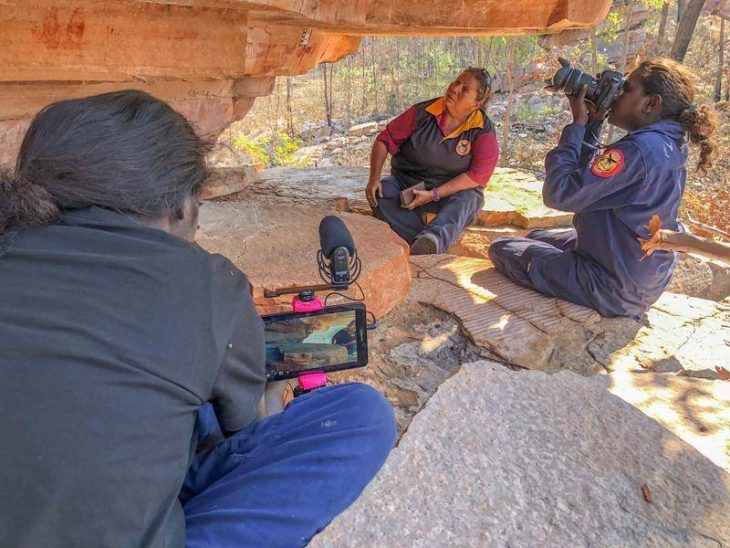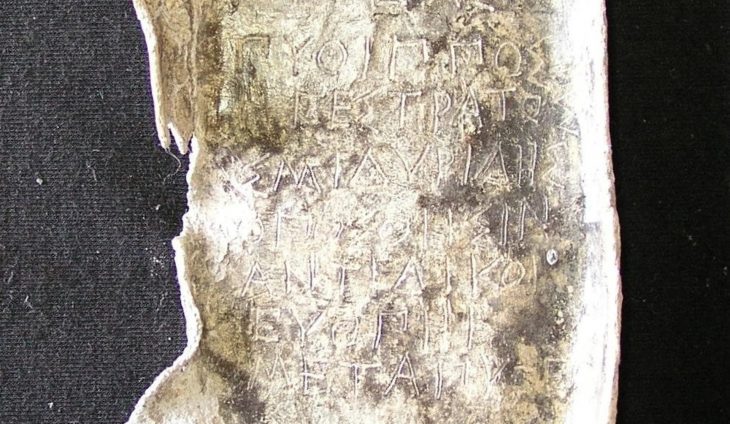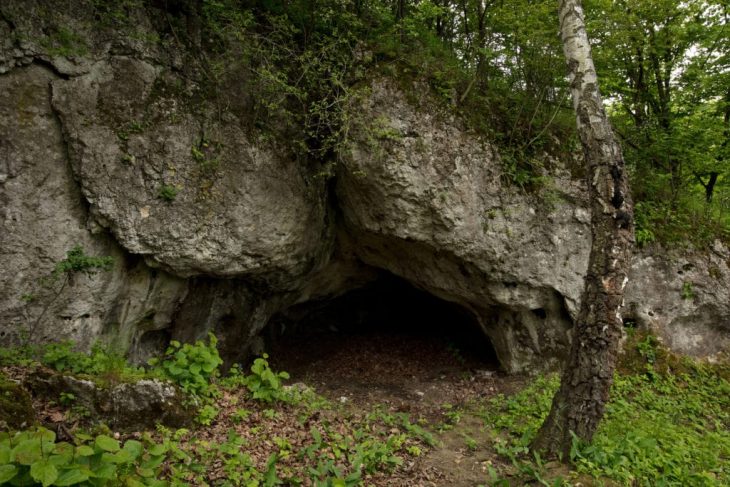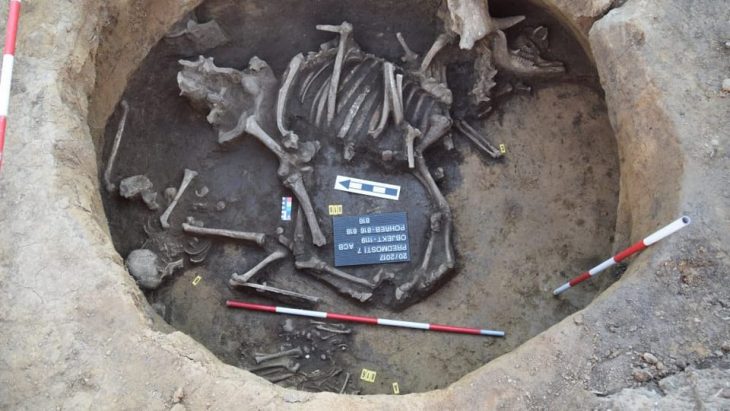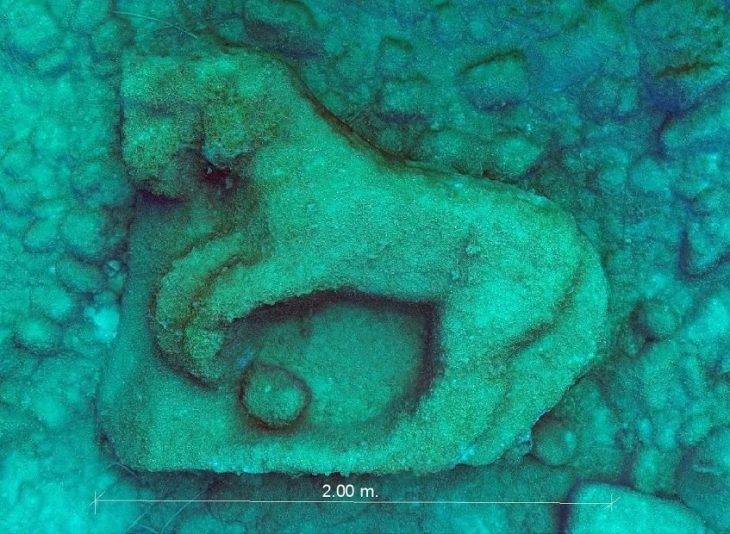Renowned historian Prof. Dr. Kürşad Yıldırım, a leading expert in Central Asian nomadic cultures from Istanbul University, is spearheading a groundbreaking international excavation at the sacred Bor Ovoo site in the lands of Mongolia. Known for his extensive research on Turkic history and steppe archaeology, Prof. Yıldırım now leads a team of Turkish and Mongolian scientists in an ambitious quest to uncover ancient burial mounds—kurgans—that could rewrite what we know about Turkic and Mongol funerary traditions.
Sacred burial mounds spanning from the Bronze Age to the 13th century shed light on Turkic-Mongolian spiritual heritage and funerary practices.
An international team of archaeologists from Türkiye and Mongolia has launched the latest phase of an ambitious excavation project titled “The Culture of Horsemen”, aimed at uncovering the funerary traditions of ancient nomadic societies in Central Asia. The project is led by Prof. Dr. Kürşad Yıldırım from Istanbul University, who emphasized the spiritual and cultural significance of the findings, particularly around the Bor Ovoo hill near Arkhangai, Mongolia.
Backed by the İlteriş Foundation and industrial sponsor Kanca Forging & Steel, the excavations are being carried out at Bor Ovoo and Shovkh Uul Mountain, regions rich with archaeological layers dating from the Bronze Age through the 13th century. Among the most remarkable sites is Bor Ovoo, a sacred hill adjacent to the memorial complex of Uighur Khagan Moyen Chur (747–759 AD).

Sacred burial mounds spanning from the Bronze Age to the 13th century shed light on Turkic-Mongolian spiritual heritage and funerary practices. Credit: Aişe Hümeyra Akgün – AA
“This hill has witnessed sacred rituals for over 3,200 years,” explained Prof. Yıldırım. “It was where Turkic and Mongol nomads buried their elite and conducted ceremonial rites. The continuity of these practices from prehistoric times into the medieval era demonstrates a deep-rooted cultural and spiritual lineage.”
📣 Our WhatsApp channel is now LIVE! Stay up-to-date with the latest news and updates, just click here to follow us on WhatsApp and never miss a thing!!
The term “Bor Ovoo”, meaning “brown sacred cairn” in Mongolian, reflects both the physical landscape and its revered status among locals—past and present. Despite possessing official excavation permits, Yıldırım recounted how some members of the local Mongolian community questioned the digging activity, reflecting ongoing veneration of the site.
The current phase focuses on five kurgans—artificial burial mounds—believed to contain not only human remains but also ritual objects, metal artifacts, and pottery fragments. Prof. Yıldırım noted that these materials offer more than just archaeological data:
“Through these burial customs, we gain insight into social hierarchy, ancestor worship, and cross-cultural influences between nomadic and sedentary civilizations of Inner Asia and Siberia.”

Findings from the site are expected to help scholars track cultural continuity and change across millennia. The multidisciplinary team, which includes Turkish experts such as Assoc. Prof. Elvin Yıldırım, Dr. Ferhat Çiftçi, and Şeyma Sapma, along with Mongolian archaeologists Prof. Erdene Myagmar, Assoc. Prof. Ulziibayar Sodnom, and Tsenguun Ganbold, aims to complete both the architectural mapping and laboratory analysis of bones and grave goods within the year.
Yıldırım underscored the academic and diplomatic value of the collaboration:
“Mongolian archaeologists have built a robust steppe archaeology tradition. Their field expertise, combined with our theoretical and historical insights, creates a powerful synergy. This partnership not only enriches both sides’ knowledge, but also inspires future joint ventures and publications.”
While the artifacts will remain under the custody of Mongolian authorities and may be displayed in local museums, the international team will co-publish their findings in Turkish, Mongolian, and English to reach a broad academic audience.

Looking ahead, Prof. Yıldırım confirmed plans for further excavations in the Orkhon Valley, the heartland of early Turkic empires:
“Mongolia is an unmatched landscape for exploring ancient Turkic civilizations—from the Huns to the Uighurs. With continued collaboration and sponsorship, we hope to expand these efforts and deepen our understanding of nomadic cultural heritage.”
As the team continues to unearth long-buried legacies beneath the Mongolian soil, each artifact tells a story not just of the dead—but of a shared spiritual and cultural journey across the steppes.
Cover Image Credit: Aişe Hümeyra Akgün – AA

